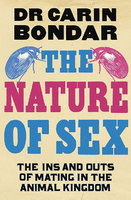New, Quality Gift Books - 50-90% off - over 2500 titles
Your basket is empty.
Categories Modern History/Current Affairs DOMESTIC REVOLUTION
DOMESTIC REVOLUTION
Book number: 94987
Product format: Hardback
In stock
Bibliophile price
£7.00
Published price
$27.95
Customers who bought this product also bought
|
COCONUT: How The Shy Fruit Shaped Our World
Book number: 93013
Product format: Hardback
Bibliophile price
£4.00
Published price
£15.99
|
DEATH IN THE AIR
Book number: 93014
Product format: Hardback
Bibliophile price
£5.00
Published price
$27
|
NATURE OF SEX: Ins & Outs of Mating in The Animal Kingdom
Book number: 94485
Product format: Hardback
Bibliophile price
£5.75
Published price
£20
|
|
GIRL FROM WIDOW HILLS
Book number: 94305
Product format: Paperback
Bibliophile price
£2.75
Published price
£8.99
|
DOCTOR WHO DALEK INVASION 4 MINI BOBBLING ACTION FIGURES:
Book number: 93978
Product format: Unknown
Bibliophile price
£30.00
|
|
Browse this category: Modern History/Current Affairs







